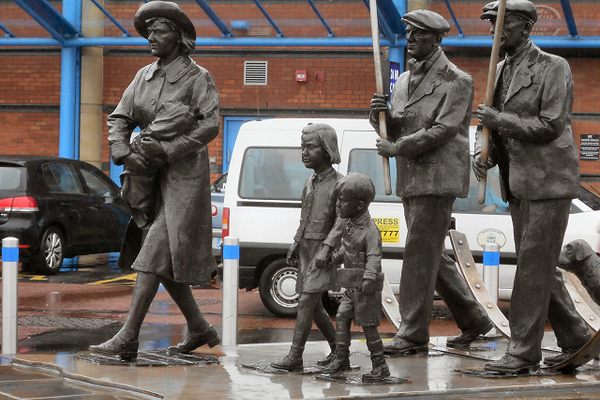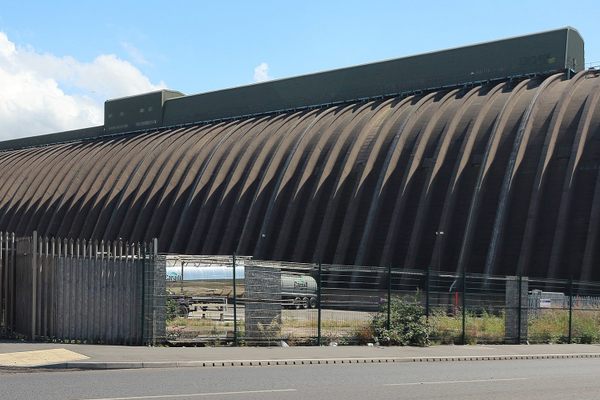About
When people think of the industry in Sunderland they usually think of either shipbuilding or large scale coal mining but Sunderland has an older, lesser-known industry that managed to last for around 1,300 years: glass production.
The National Glass Center was constructed in 1998 as a way to remember the city's glassmaking history and keep the tradition going on a much smaller scale. Its location was specifically chosen as it is near St Peter's church where Benedict Biscop first introduced glass production to Britain when he built the church.
Glass continued to be produced in the city with the technique being further developed and perfected over time until the 18th century when glass production in the city exploded. This was largely due to the unique situation of the city of Sunderland.
Not only did it have a large amount of cheap coal available from the local coal mines in the city but it was also able to cheaply import large amounts of high-quality sand. Ships coming to the city to stock up on coal would use the sand as ballast to keep them stable at sea and then sell the sand to local glassmakers before filling up with coal and repeating the process over and over.
Glass production in the city continued to flourish until it started to decline in the 1980s with the two last glass firms in the city both closing in 2007. The National Glass Center has a museum that goes into more detail as well as various exhibitions of glass-based art. It also has a see-through glass roof that you are able to walk across and see into the center from above.
Related Tags
Know Before You Go
The National Glass Centre is open daily from 10 am to 5 pm. Plan your visit with the museum's website.
Published
October 22, 2018




























